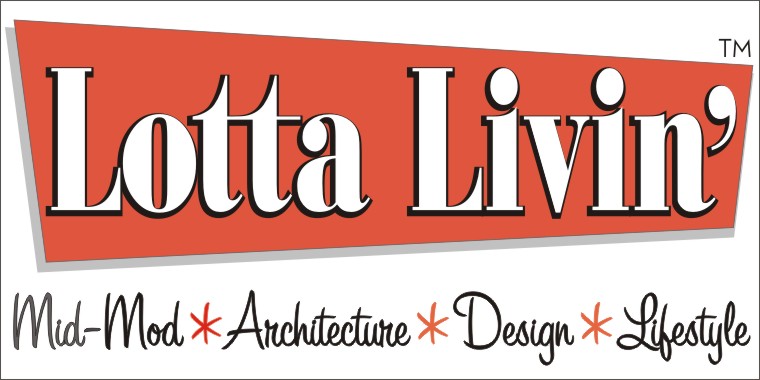Books that include Information regarding Balboa Highlands Eichler Homes
Eichler Homes : Design for Living
by Jerry Ditto and Lanning Stern, Marvin Wax (Photographer), Sally B. Woodbridge (Introduction)
If you are an Eichler fan, an Eichler owner, or are just interested in studying mid-century modern architecture built for the middle class, this book is a must-have. Filled with color photographs of many different Eichler homes in Northern and Southern CA, and drawings of layouts by architectural teams such as Anshen & Allen and Jones & Emmons, this book tells the story of Joseph Eichler as told by his son.
Eichler: Modernism Rebuilds the American Dream
by Paul Adamson, Marty Arbunich (Compiler)
Joseph Eichler was a pioneering developer of residential suburbs whose socially conscious ethic, progressive planning, and elegant modern design for moderately priced housing in California still serves as a standard for housing developments today. Defying conventional building industry wisdom by hiring a group of progressive architects to plan subdivisions and design reasonably priced homes, Eichler provided more than 11,000 residences that helped meet the dramatic need for post-World War II housing with extraordinary commodity and style.
Quincy Jones
by Cory Buckner, A. Quincy Jones
Archibald Quincy Jones (1913-79) was a Los Angeles-based architect and educator who shared the Case Study goal of reinventing the house as a way of redefining the way people lived in post-war America. A pioneer in ‘greenbelt’ planning and ‘green’ design, Jones raised the level of the tract house in California from the simple stucco box to a structure of beauty and logic surrounded by gardens and integrated into the landscape. He introduced new materials and also a new way of living within the built environment, and his work bridged the gap between custom-built and developer-built homes. The exquisite detailing and siting of Jones’s houses, churches, civic and university buildings make them quintessential embodiments of mid-century American architecture. This is the first book published on Jones. It documents his full career, from his post-war planning projects to his long association with Palo Alto building magnate Joseph Eichler. The book is comprised of two parts: a substantial introductory essay tracing Jones’s life and career, with a summary of key projects and his contributions to planning; and a catalogue of sixty of Jones’s projects illustrated with high-quality black-and-white period photographs, and plans and renderings by Jones.
Blueprint for Modern Living: History and Legacy of the Case Study Houses
by Elizabeth A. T. Smith
One of Southern California’s most significant contributions to modern architecture was the Case Study House program sponsored by John Entenza’s Art & Architecture magazine. Between 1945 and 1966, thirty-six experimental prototypes were designed and the majority built. Featuring some of the most important architects of the region and generation–including Charles Eames, Craig Ellwood, A. Quincy Jones, Pierre Koenig, Richard Neutra, and Raphael Soriano–the program reflected the modernist goal of reinventing the house as a way of redefining living.
This book specifically mentions the Eichler neighborhood planned for Northridge, CA.
Case Study Houses: 1945-1962
by Esther McCoy
Since the popular Museum of Contemporary Art exhibit of 1989, Blueprint for Modern Living, much attention has been paid to the pioneering work done by the architects of the Case Study Program. Sponsored by John Entenza’s Art & Architectue Magazine, the Case Study Houses program brought new thinking, techniques, and materials to post-war California house building. Contains the work of Charles Eames, Eero Saarinen, Craig Ellwood, Pierre Koenig, Richard Neutra, William Wurster, and others.
Contemporary : Architecture and Interiors of the 1950s
by Lesley Jackson (Editor)
In the years after World War II, the theory-laden modern movement blossomed into popular contemporary design. Le Corbusier and Levitt, Brussels and L.A. reinforced concrete and Formica–all became part of a trend towards sleek, functional, pared-down design. This excellent book could have been a compendium of ’50s architectural and interior memorabilia, and therefore a success with nostalgia buffs (who will also love it), but it is far more than that. Lesley Jackson has written an intelligent, entertaining book on the intersection of life and design in the postwar era. One of our favorite coffee table books!
A Quincy Jones: The Oneness of Architecture
Process Architecture Number 41 by Bunji Murotani . Process Architecture Publishing Co . Tokyo . 1983
Frank Lloyd Wright : The Masterworks
by David Larkin (Editor), Bruce Brooks Pfeiffer
Wright has been the subject of numerous books, illustrative and historical, popular and scholarly, but Larkin and Pfeiffer have still succeeded in creating something fresh and exciting. This handsome volume presents brand-new photographs of and lucid critical commentary on 38 of Wright’s most significant buildings, including such famous public structures as the Unity Temple (1905) in Oak Park, Illinois, and New York’s Guggenheim Museum (1943-59), as well as lesser-known but stunning private homes.

